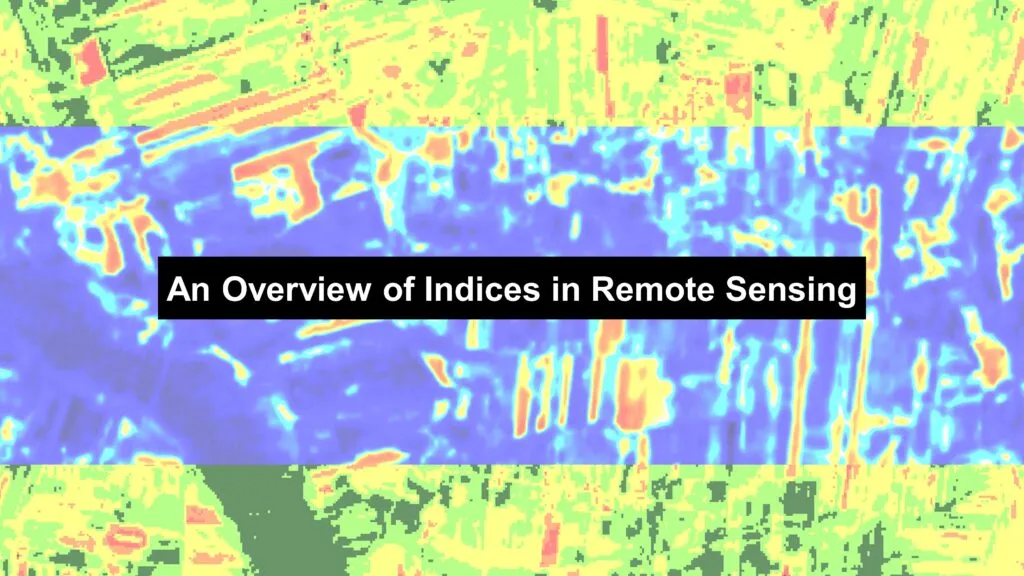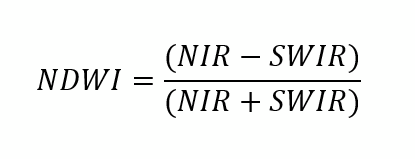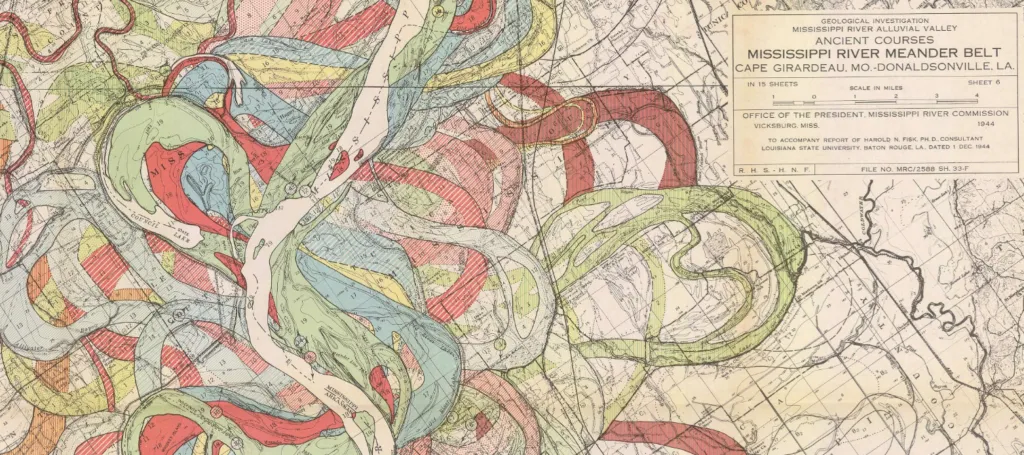
From Artistic Works of Art to Modern Digital Maps
Maps have long been more than just tools for navigation; they are windows into the world’s history, culture, and artistic expression. From the meticulously crafted maps of the Renaissance to contemporary digital masterpieces, maps offer a unique blend of utility and beauty. This article explores the aesthetic elements that make maps captivating, showcasing a curated selection of historical, artistic, and modern digital maps.
Historical Maps Considered as Works of Art
Historical maps are a testament to the craftsmanship and artistry of past cartographers. The David Rumsey Historical Map Collection is a treasure trove of over 132,000 maps, including rare and beautifully detailed works from the 16th to the 21st century. These maps not only chart geographical knowledge but also reflect their times’ artistic styles and cultural contexts.
Browsing through collections of Old World maps reveals the extraordinary craftsmanship of early cartographers. Additionally, interactive globes featuring old-style maps offer a glimpse into historical geography in a dynamic way.
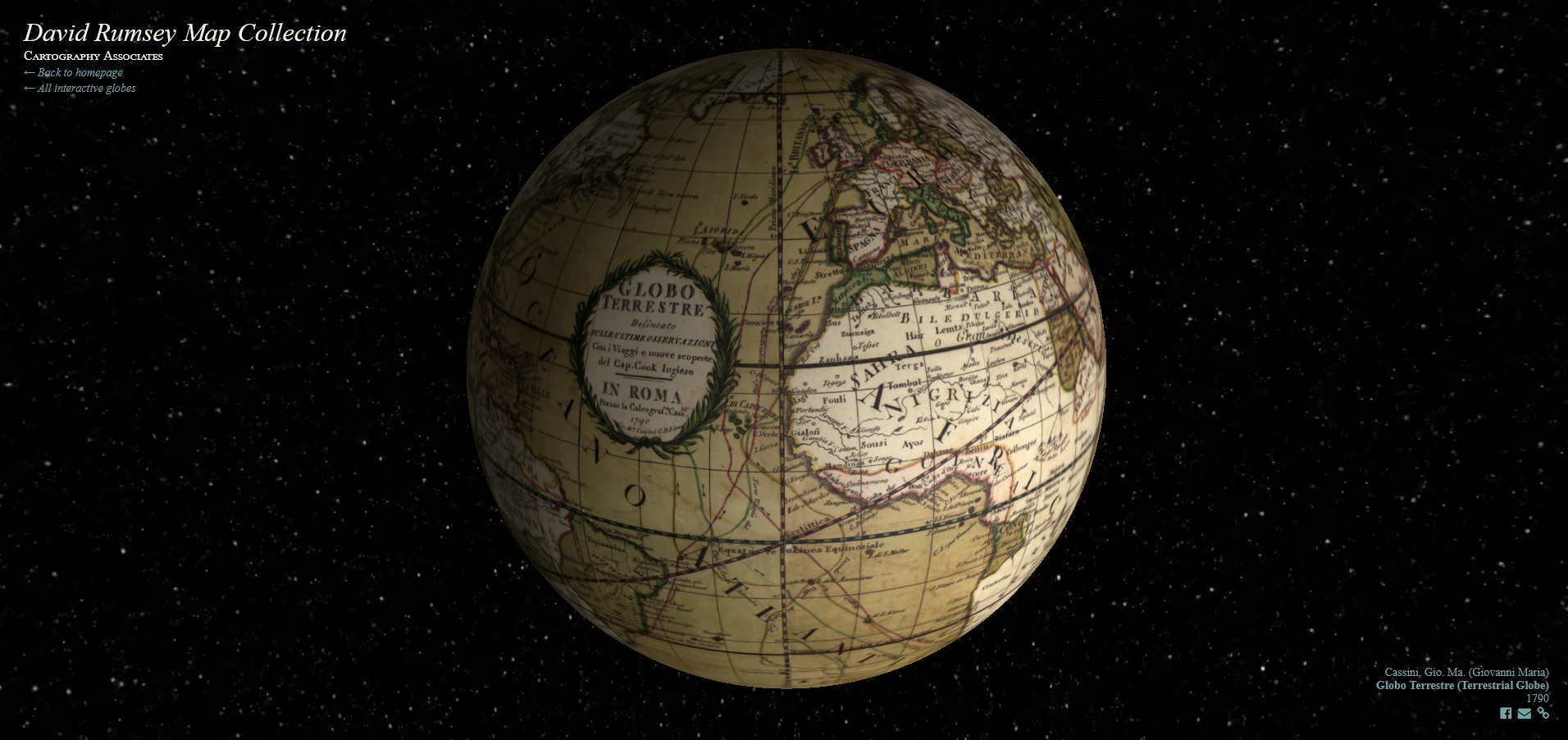
Source: David Rumsey Map Collection
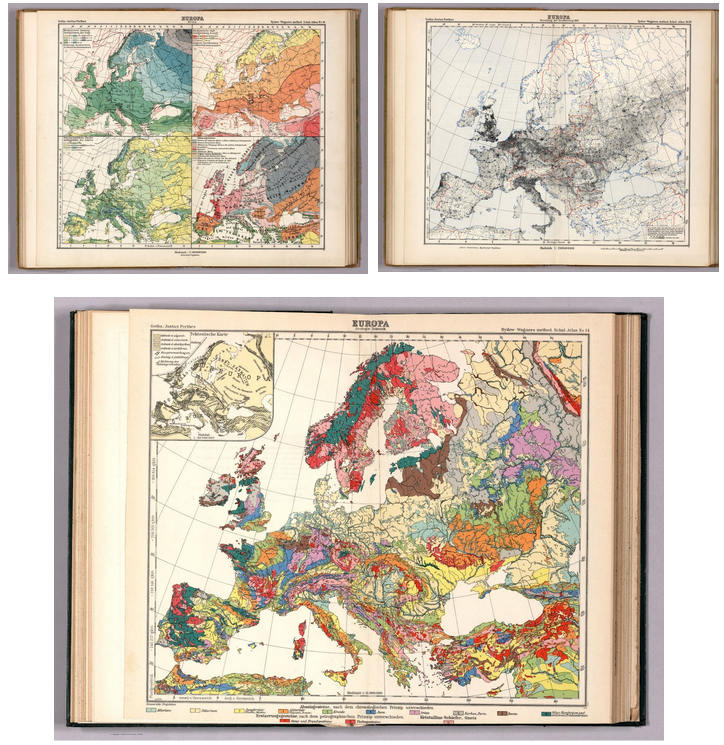
Atlas Map of Europe, 1940. Source: David Rumsey Map Collection

The mozaic of labels. Source: David Rumsey Map Collection

Map of the canton of Zurich completed in 1667. Source: David Rumsey Map Collection
The Timeless Artistry of Historical Cartography
Cartographic designs in the past were often considered works of art, celebrated for their intricate details, aesthetic beauty, and the skilled craftsmanship of the cartographers.
The advent of digital technology has ushered in a new era for these cartographic treasures. Today, these masterpieces can be preserved in digital form, ensuring their longevity and accessibility for future generations. This digital conservation effort safeguards not only the physical integrity of these maps but also the rich historical and cultural heritage they embody.
Thanks to the internet, anyone can now browse through these stunning historical maps, appreciating their artistic value from anywhere in the world. From the comfort of their homes, enthusiasts and scholars alike can explore intricate details and peer through a window into the geography of bygone eras.
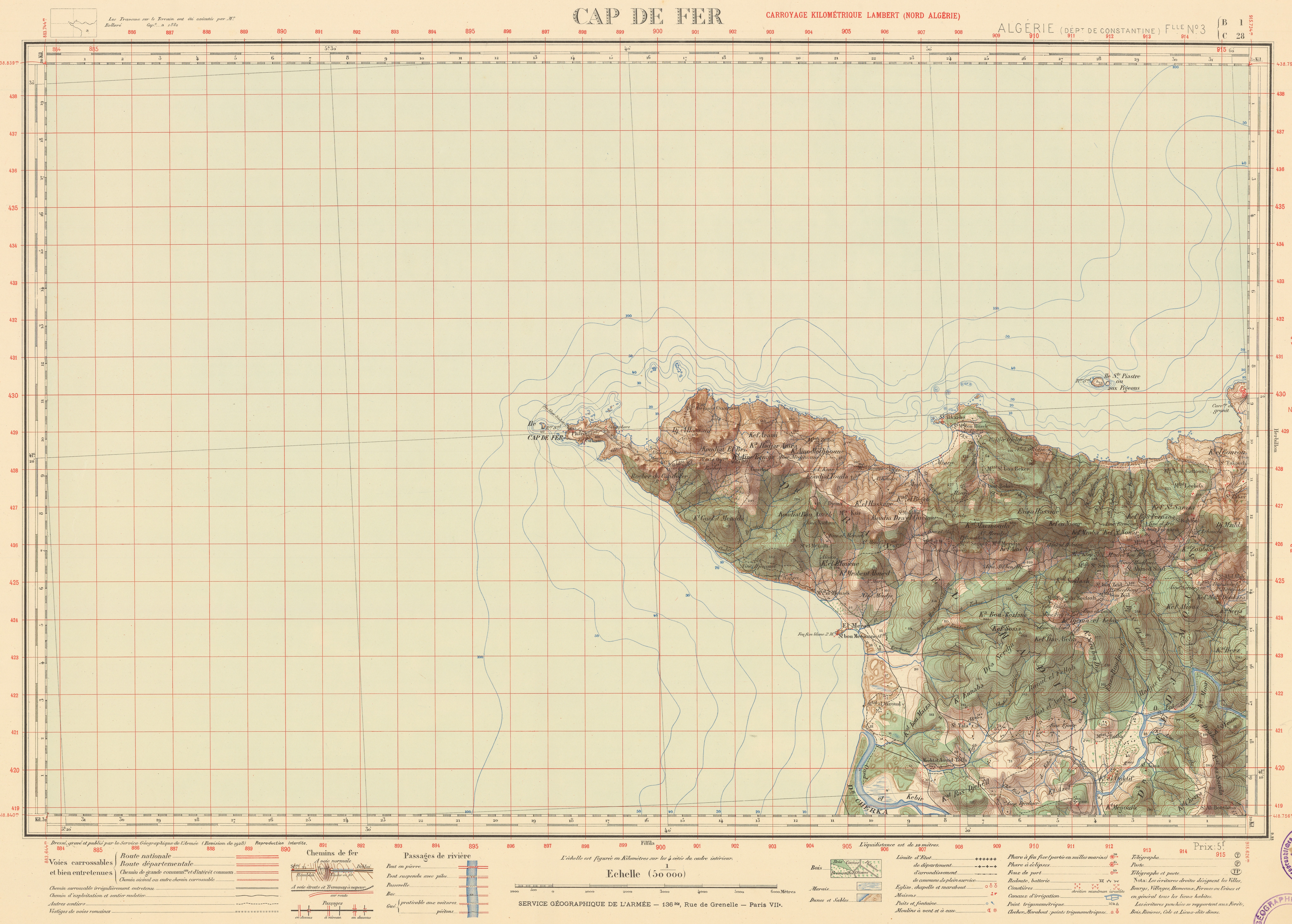
Map of Algérie, Cap de Fer, 1928. Source: http://igrek.amzp.pl/
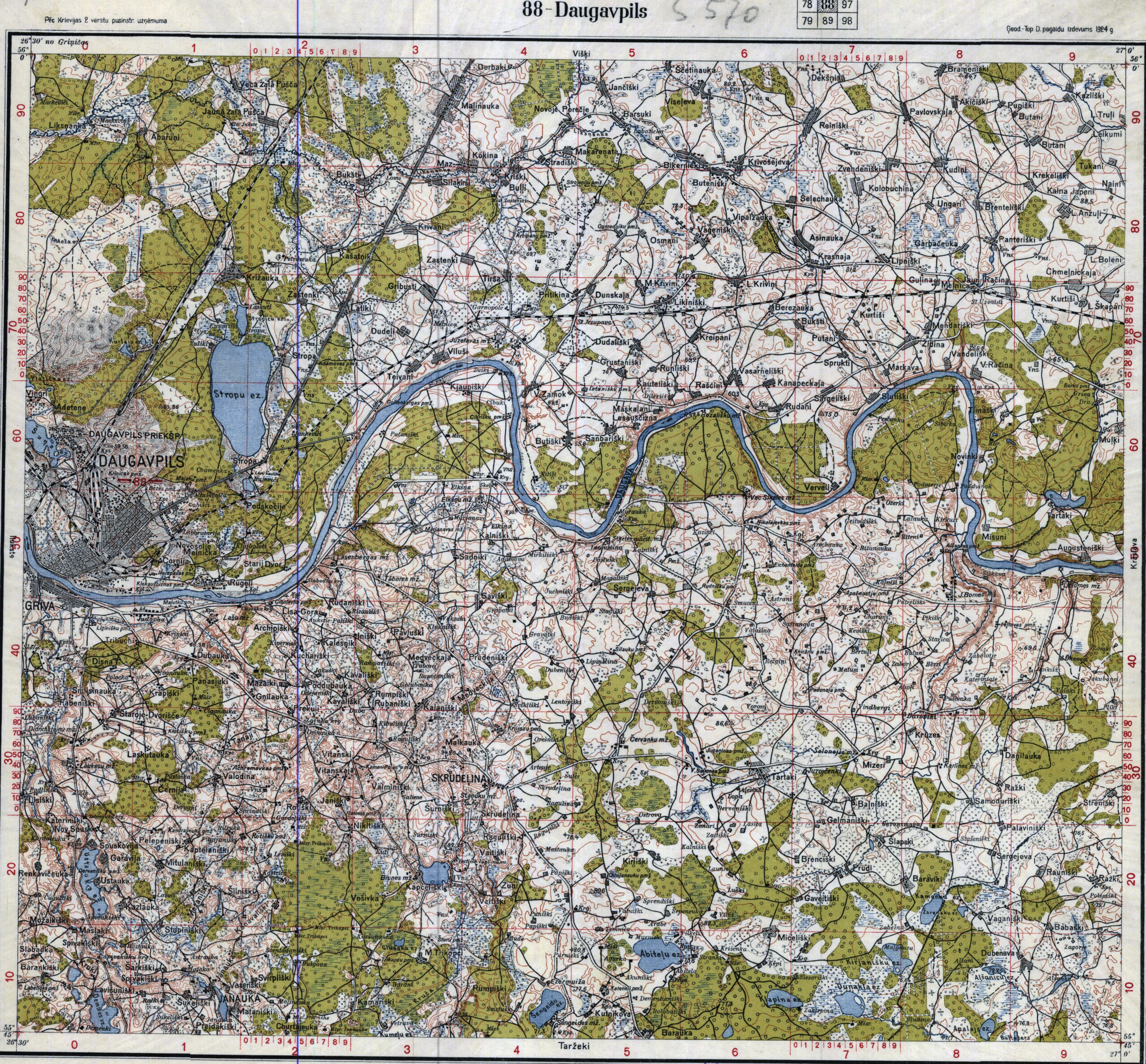
Lativian map of Daugavpils, 1924. Source: http://igrek.amzp.pl/
The Evolution of Cartography: Works of Art to Modern Precision
The art of mapmaking has undergone a remarkable transformation, transitioning from ornate works of art to accurate digital representations. This evolution reflects the changing needs of society and the advancements in technology that have revolutionized the field of cartography.
In centuries past, mapmakers were as much artists as they were geographers. Historical cartographers like Blaeu and de Wit were not only skilled craftsmen but also artists who infused their work with creativity and attention to detail.
The creation of beautiful maps requires a blend of technical skill, artistic talent, and a deep understanding of geography. Mapmakers, or cartographers, are often driven by a passion for exploration and a desire to convey complex information in a visually appealing way.
As technology advanced, the focus of cartography shifted from artistic expression to precision and functionalism. Modern cartography embraces digital tools and techniques that prioritize accuracy and accessibility.
Geographic Information Systems (GIS), Global Positioning Systems (GPS), and satellite imaging have become integral to the mapmaking process, allowing for unprecedented levels of digital and real-time updates.
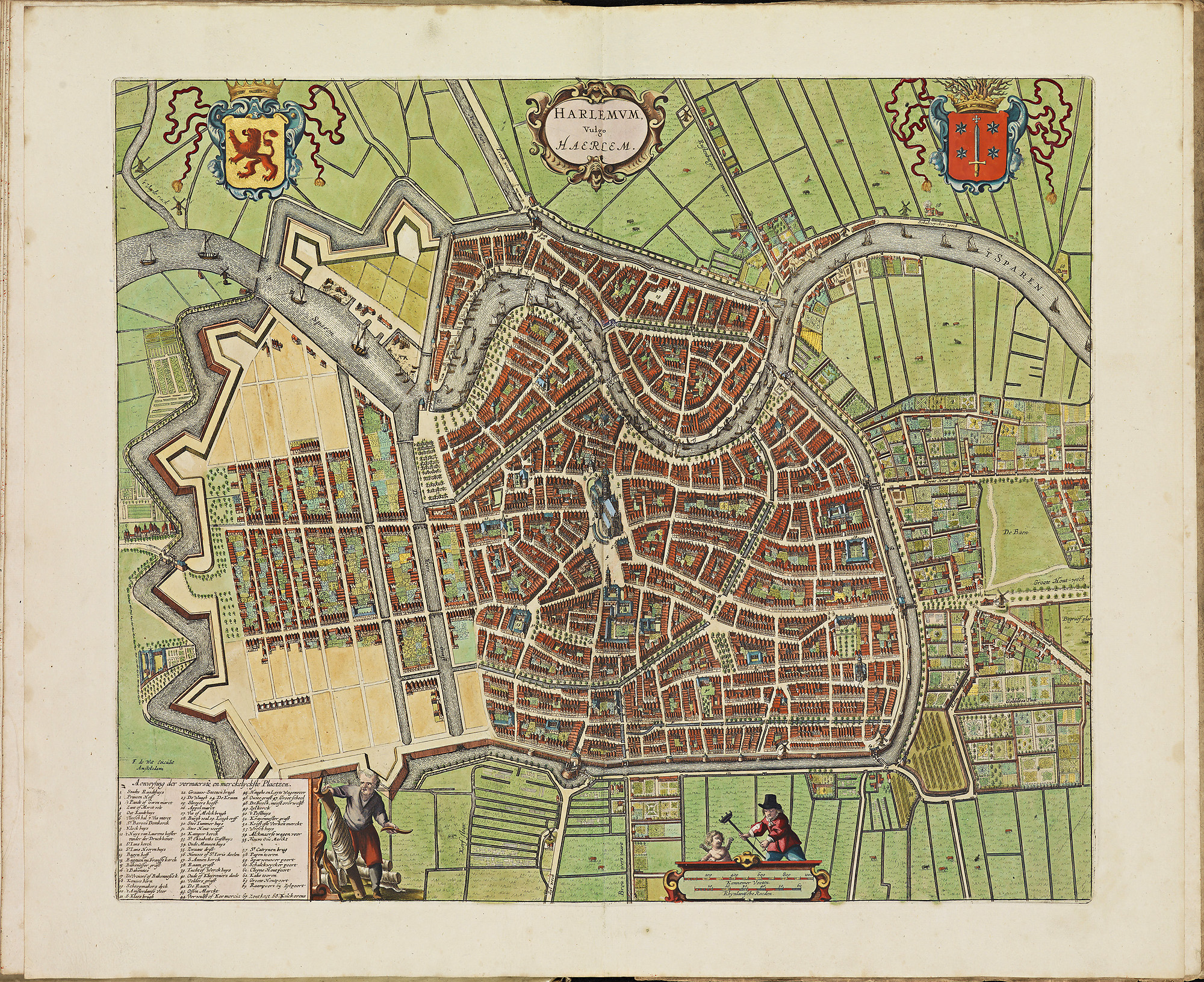
City Atlas De Wit Haarlem, 1698. Source: kb.nl
Today, cartographers continue to push the boundaries of the field, using digital tools to create maps that are both functional and beautiful.
The Esri Map Gallery stands as a testament to this evolution, showcasing innovative maps created by a global community of GIS professionals. These maps leverage advanced technology to produce visually stunning and informative data representations, making complex information accessible and engaging.
The gallery features a diverse array of thematic maps covering topics such as climate change, urban development, and population demographics. Each map not only conveys essential data but does so with a high degree of aesthetic appeal, demonstrating that modern cartography can be both informative and visually captivating.
The dedication to preserving and advancing the art of mapmaking is evident in collections, where cartographers and historians work together to digitize and share rare maps with the public. This passion ensures that maps remain a vital part of our cultural heritage and a source of inspiration for future generations.

Source: Esri Map Gallery
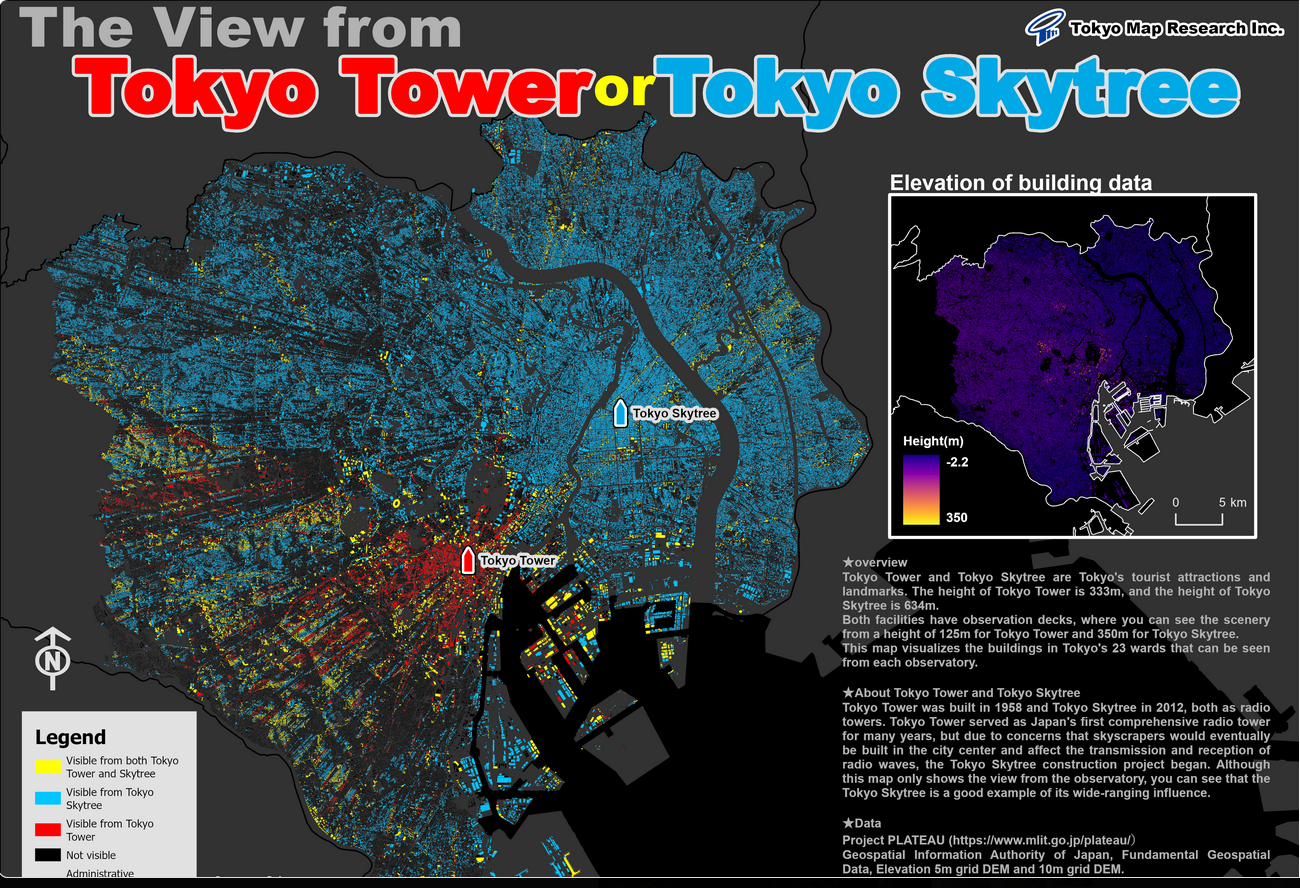
Source: Esri Map Gallery
Maps are going viral!
Maps are gaining significant popularity on social media platforms, particularly Instagram.
The visual nature of cartography lends itself well to Instragram’s image-centric platform, allowing map enthusiasts and creators to share visuals with a wide audience.
We had a browse and discovered beautifully designed maps and cartographic designs. Here are the most active Instagram profiles that are worth following if you’re interested in the beauty of maps.
Most active Instagram profiles focused on cartography
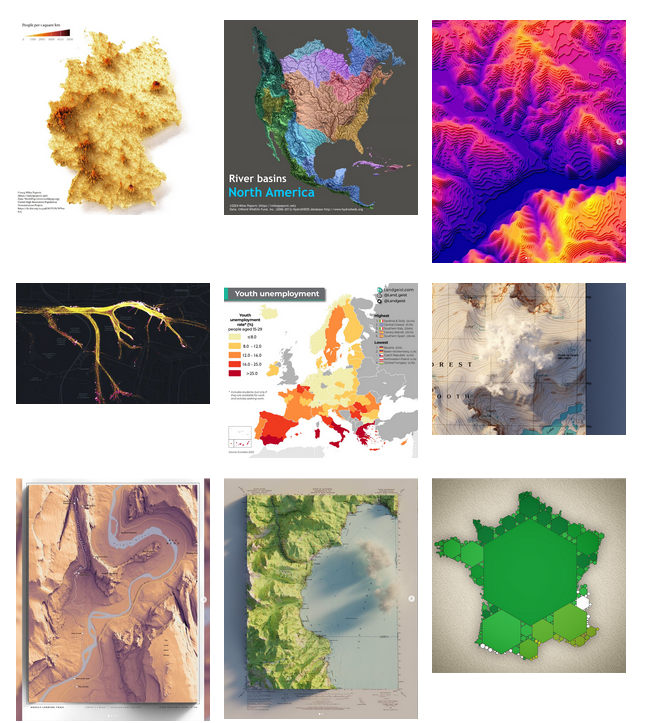
Modern cartography
Maps are more than just tools for navigation; they are artistic expressions that capture the imagination and convey rich stories about our world.
From the details of historical maps to the innovative designs of modern digital creations, maps continue to fascinate and inspire. Historical maps offer a window into the past. Each map tells a story of exploration, discovery, and artistic expression.
These cartographic designs, once solely available in paper form, have transformed into digital formats, allowing for broader accessibility and preservation.
Today, thanks to digital technology, these maps can be recorded and browsed online, ensuring their beauty and historical significance are appreciated by future generations. As we move further into the digital age, the art of mapmaking will continue to adapt and thrive, promising new ways to visualize and understand our world.
Did you like the article? Read more and subscribe to our monthly newsletter!







